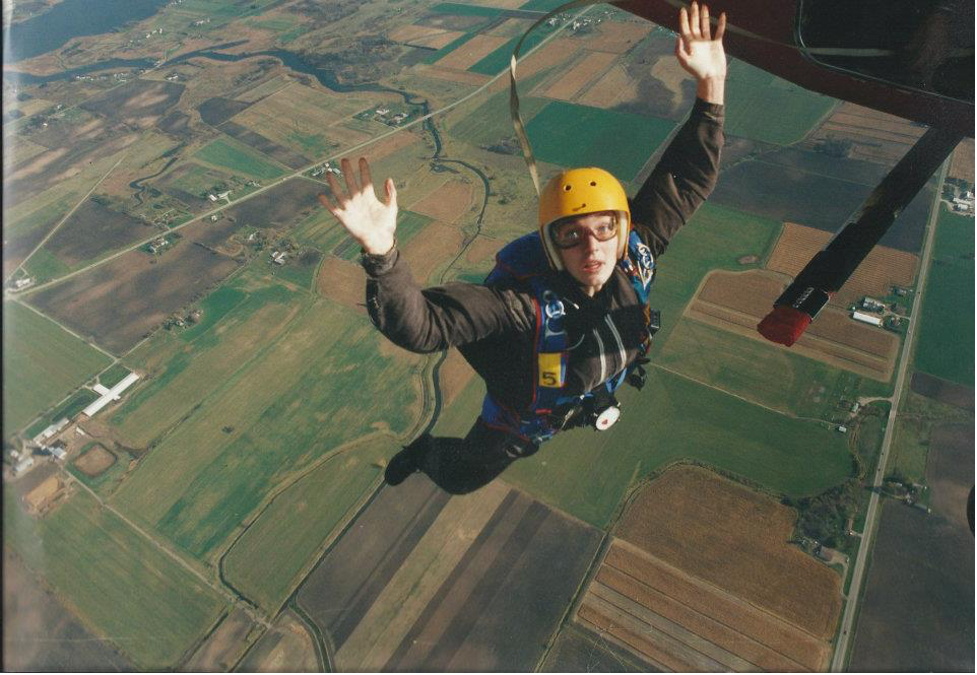New Year's Resolution - A Blog Series
Part 11: Data, Data Everywhere
By Retta Witter, Senior Consultant, J. Geiger Consulting, Inc.
Last week I discussed SWOT analysis. In that you got to learn about what I think are my strengths and weaknesses. I have my plan on how to accomplish my first mini goal, the Lake Eleven segment of the Ice Age trail. My main goal is to become a one thousand miler or someone who has walked the entire IAT (Ice Age Trail). A friend of mine sent me a link of a gentleman’s journey doing a thru hike on the IAT in 2019. He did one hour long ish video to cover two days of hiking. I was absolutely mesmerized, and I admit I binge watched the entire thing over a long weekend. I laughed and was horrified during that binge watching. He complained about our weather, mosquitos and mispronounced many city names. Anyone who has spent any time in Wisconsin knows there are many jokes around those three items. I learned a ton and I am also not so sure I want to be a one thousand miler anymore. Approximately 45% of the IAT is walking on roads. Some of them are nice little country roads but others looked busy and at times were long stretches of road hiking. For example, Marquette County has just under forty two miles of the IAT and over 95% or over forty miles of it are hiking on roads.
This information brings me to today’s topic, Decision Analysis. Simply stated it is the exploration of important parts of a very complex decision and objectively determine the value of alternative outcomes.
“And into the forest I go, to lose my mind and find my soul.”
There are four elements of decision analysis.
Components of decision analysis
Problem Statement
Decision Maker
Alternative course of action
Decision criteria
Decision Matrices
Simple
Weighted
Decision Trees – Mapping tool
Trade offs
Elimination of dominated alternatives
Ranking objectives on a similar scale
Problem statement: 45% of the IAT is on roads. I am not a fan of hiking roads, some of them can get busy.
Decision Maker: Me.
Alternative Course of Action:
Do all trail and some roads depending on the type of roads/ length of roads.
Build my own connector road courses that uses less busy roads but can add miles to the journey.
Shorten segments and get help for picking up and dropping off on the trail
Don’t try and become a 1000 miler.
Decision criteria: This was really an important exercise to understand what my deal breakers are around doing all the IAT. I was fortunate enough to have a brainstorming session while hiking with a friend. She asked a lot of good questions to get me to think of my options or what the root cause of what my dilemma is. She knows I am goal oriented and like to finish what I started. I currently have 8 official miles of 1144, so I am at less than 1% complete.
My criteria:
Can I do an entire road section in one day? I do not want to camp at the side of the road. My daily comfort level would be twelve to fifteen miles per day.
City / sidewalk connector sections will be considered trail and not road hiking. I won’t have to move over for traffic.
Connector segments on logging roads will be considered trail not road hiking.
Decision Tree:
Conclusion:
Based on this week’s decision analysis I will try to become a 1000 miler; I need to be very strategic and plan well. What is my next portion of this goal I will choose to tackle? Join me for next week’s blog on requirements analysis and design, “Mosquitos, cars and bears oh my”.


